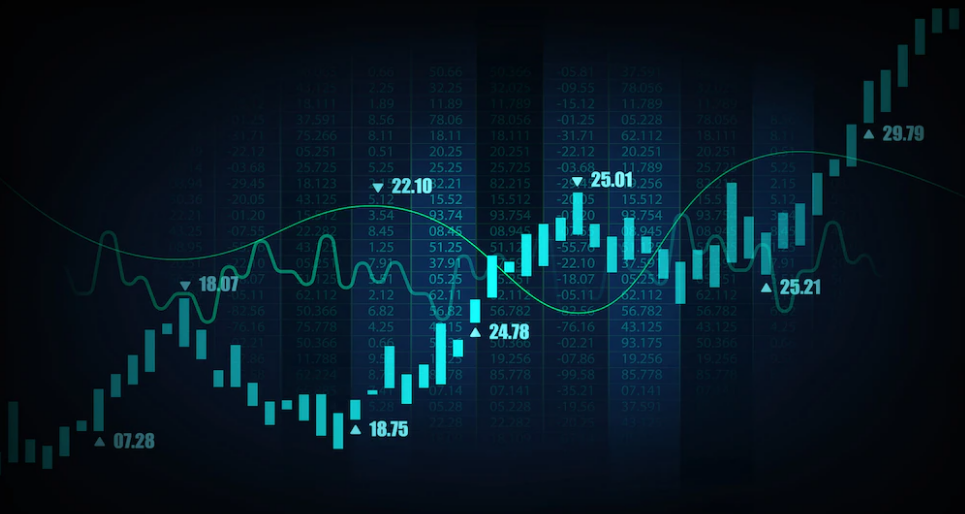
Cameron Murphy
Apr 07, 2022 10:38

During Wednesday's trading session, the S&P 500 dropped down strongly to approach the 50 Day EMA. The 50 Day EMA gets a lot of attention, so it's not surprising that there's a little bit of a battle going on right now. Finally, the market is attempting to test the bottom of a bullish flag, so it will be fascinating to watch how this develops.
It's still possible that we'll see bullish pressure if we recover from this region, but it's also clear that there's a lot of anxiety right now, so it's worth noting that this flag has to be verified at the bottom to turn things around.
The magnitude of the candlestick is now negative, but if we break it below the 50 Day EMA, the market may turn its attention to the 200 Day EMA. A break below the 200-day EMA would be a huge bearish indication, and the market might then go towards the 4200 area. If we turn around and rise from here, on the other hand, the bullish flag is still intact and might draw a lot of attention.
The market is likely to move considerably higher if we can break over the top of the flag, but it will come down to liquidity more than anything else. Keep an eye on the Federal Reserve, because the more hawkish it sounds, the more Wall Street will erupt.

Apr 06, 2022 12:03

Apr 07, 2022 11:11